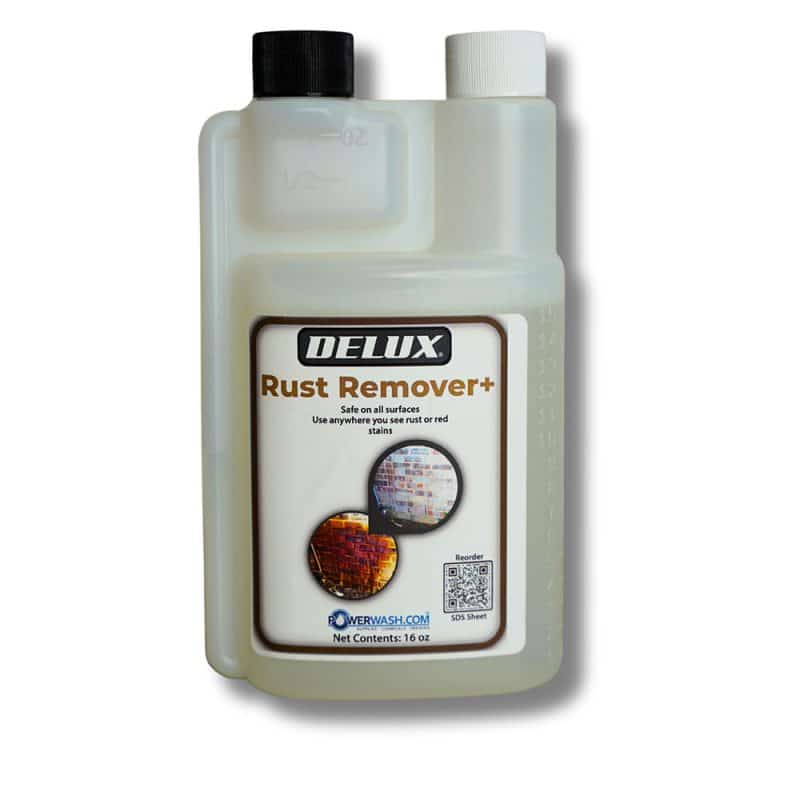Understanding the Ingredients in Your Washing Chemicals
Do you ever wonder what’s in your washing chemicals? Understanding the ingredients can help you make informed choices for your laundry routine.
From the role of surfactants in removing dirt and stains, to the power of enzymes in breaking down tough grime, each ingredient plays a vital part in getting your clothes clean.
Optical brighteners add that extra sparkle, while fragrances leave a fresh scent on your fabrics. But it’s important to be aware of the potential impacts these fragrances can have.
And let’s not forget about phosphates, which can have both positive and negative effects on your laundry.
By understanding the ingredients in your washing chemicals, you can make the best decisions for your clothes and the environment.
Key Takeaways
– Surfactants play a crucial role in cleaning by helping water spread out and penetrate dirt particles.
– Enzymes act as catalysts in stain removal, making it easier for surfactants to lift stains from clothes.
– Optical brighteners enhance the appearance of clothes by absorbing ultraviolet light and re-emitting it as visible light.
– When choosing laundry products, it is important to prioritize health and the environment by opting for fragrance-free or hypoallergenic products and phosphate-free detergents.
The Role of Surfactants
To understand the role of surfactants in your washing chemicals, you need to know how they interact with water and dirt. Surfactants, or surface-active agents, are compounds that help water molecules to spread out and penetrate dirt particles, making the cleaning process more effective. They’ve a unique structure that allows them to lower the surface tension of water, enabling it to wet surfaces more easily.
When you add surfactants to water, they align themselves at the interface between water and dirt. The hydrophilic (water-loving) end of the surfactant molecule faces the water, while the hydrophobic (water-repelling) end faces the dirt. This dual nature of surfactants allows them to surround and trap dirt particles, lifting them away from the surface being cleaned.
Surfactants also help to emulsify oily and greasy stains. They break down the oils into smaller droplets, dispersing them in the water and preventing them from reattaching to the fabric or surface. This allows the detergent to carry away the dirt and oils during rinsing.
Furthermore, surfactants enhance the foaming and lathering properties of washing chemicals. The bubbles formed during the cleaning process help to lift and suspend dirt particles, aiding in their removal.
Understanding Enzymes in Laundry Products
Enzymes in laundry products significantly enhance the cleaning power and effectiveness of your washing chemicals. These natural substances act as catalysts, speeding up chemical reactions and breaking down stains and dirt. They work by targeting specific types of stains, such as protein-based stains like blood or grass, and breaking down the complex molecules into smaller, more soluble fragments. This makes it easier for the surfactants in your detergent to lift the stains from your clothes and suspend them in the water.
There are several types of enzymes commonly used in laundry products. Protease enzymes are effective at breaking down protein-based stains, while amylase enzymes target starch-based stains like sauces or gravy. Lipase enzymes are designed to tackle greasy or oily stains, and cellulase enzymes work on cellulose fibers, helping to remove stains like grass or mud.
The use of enzymes in laundry products not only improves the cleaning performance but also helps to reduce the need for higher water temperatures and harsher chemicals. This can be beneficial for both the environment and your clothes, as it helps to preserve their color and fabric integrity.
The Purpose of Optical Brighteners
Optical brighteners are additives used in laundry products to enhance the appearance of your clothes. These brighteners work by absorbing ultraviolet light and then re-emitting it as visible light, making your whites appear brighter and your colors more vibrant. Optical brighteners are especially effective on fabrics that have a yellowish or grayish tint, as they help to counteract these dulling effects.
The purpose of using optical brighteners in your laundry products is to give your clothes a fresh and clean look. They can help to restore the brightness of your whites, making them appear whiter and more radiant. Additionally, optical brighteners can make colored garments appear more vivid and vibrant, enhancing their overall appearance.
It’s important to note that optical brighteners aren’t actually cleaning agents. They don’t remove stains or dirt from your clothes. Instead, they work by enhancing the visual appearance of your garments, giving them a bright and fresh look.
When using laundry products that contain optical brighteners, it’s important to follow the instructions on the packaging. Using too much of these additives can result in a bluish tint on your clothes, which isn’t desirable. Therefore, it’s always best to use the recommended amount to achieve the desired effect without any negative side effects.
Fragrances and Their Potential Impacts
When using laundry products, it’s important to consider the potential impacts of fragrances on your clothes and your health.
Fragrances are added to washing chemicals to give your clothes a pleasant scent. However, these fragrances can also cause several issues.
First, they can cause skin irritation and allergic reactions. Some people may develop rashes or experience itchiness when their clothes come into contact with fragrances. This is particularly problematic for those with sensitive skin or allergies.

Second, fragrances can leave a residue on your clothes that may not easily wash off. This residue can build up over time, making your clothes feel stiff and less comfortable to wear.
Additionally, fragrances can be harmful to the environment. When washed off your clothes, they can enter water sources and harm aquatic life.
To minimize the potential impacts of fragrances, consider using fragrance-free or hypoallergenic laundry products. These products are formulated to be gentle on your skin and minimize the risk of allergic reactions.
It’s important to prioritize your health and the environment when choosing laundry products.
Exploring the Effects of Phosphates
To understand the potential impacts of phosphates in your washing chemicals, you should be aware of their effects on both your clothes and the environment. Phosphates are commonly used in laundry detergents and have both positive and negative effects. Here are some key points to consider:
– Cleaning power: Phosphates are effective in breaking down dirt and stains, resulting in cleaner clothes.
– Whitening: Phosphates can help to brighten white fabrics and keep them looking fresh.
– Environmental concern: Phosphates have been linked to water pollution, especially when they enter rivers, lakes, and oceans. They can cause excessive growth of algae, leading to oxygen depletion and harm to aquatic life.
– Regulatory measures: In many countries, the use of phosphates in laundry detergents is regulated or banned to minimize their environmental impact.
While phosphates can enhance the cleaning performance of your washing chemicals, it’s important to consider their potential harm to the environment. You can opt for phosphate-free detergents that still provide effective cleaning without contributing to water pollution.
Being mindful of the ingredients in your washing chemicals can help you make more environmentally-friendly choices and reduce your ecological footprint.
Frequently Asked Questions
Are There Any Alternatives to Using Surfactants in Laundry Products?
Are there any alternatives to using surfactants in laundry products?
Yes, there are. You can try using natural alternatives like soap nuts or washing soda. These options are effective in cleaning your clothes without the need for harsh surfactants.
Additionally, you can also consider using enzyme-based laundry products, which use biological agents to break down stains and dirt. These alternatives can be gentler on your clothes and more environmentally friendly.
Can Enzymes in Laundry Products Cause Skin Irritation or Allergies?
Enzymes in laundry products can cause skin irritation or allergies. It’s important to understand the potential effects of these ingredients to avoid any discomfort or reactions.
While enzymes are commonly used in laundry products to break down stains and improve cleaning performance, they can trigger allergic reactions in some individuals. If you have sensitive skin or a history of allergies, it’s advisable to opt for enzyme-free laundry products or test a small patch of skin before using them extensively.
How Do Optical Brighteners Actually Work to Make Clothes Appear Brighter?
Optical brighteners work by absorbing ultraviolet light and emitting blue light, which cancels out the yellowish tint in fabrics and makes them appear brighter. These brighteners are added to laundry detergents to enhance the whiteness and brightness of clothes.
When clothes are exposed to sunlight or artificial light, the optical brighteners absorb the UV light and emit blue light, making the fabric look whiter and more vibrant.
Do Fragrances in Laundry Products Have Any Negative Effects on the Environment?
Fragrances in laundry products can have negative effects on the environment. They often contain chemicals that can be harmful when released into the air or water. These chemicals can contribute to air pollution and water contamination, affecting both human health and aquatic life.
It’s important to choose fragrance-free or eco-friendly laundry products to minimize the impact on the environment.
What Are the Potential Health Risks Associated With Using Laundry Products Containing Phosphates?
Using laundry products containing phosphates can potentially pose health risks for you.
Phosphates are often added to detergents to enhance their cleaning power, but they can have negative effects on your well-being. High levels of phosphates in your laundry products can lead to skin irritations, allergies, and respiratory problems.
It’s important to be aware of the ingredients in your washing chemicals to ensure you’re making choices that prioritize your health and safety.
Conclusion
So next time you do your laundry, take a moment to understand the ingredients in your washing chemicals.
Surfactants play a vital role in cleaning, while enzymes break down tough stains.
Optical brighteners add a sparkling touch to your clothes, but fragrance ingredients may have potential impacts on your health.
Lastly, be aware of the e click here now ffects of phosphates on the environment.
By being informed, you can make more conscious choices when it comes to choosing laundry products.

Welcome to my website! My name is Archer Michael, and I am a dedicated professional Pressure Washing Supervisor with a passion for promoting green cleaning practices and providing top-notch services to businesses. With years of experience in the industry, I have developed a deep understanding of the importance of maintaining clean and presentable exteriors for commercial establishments.


